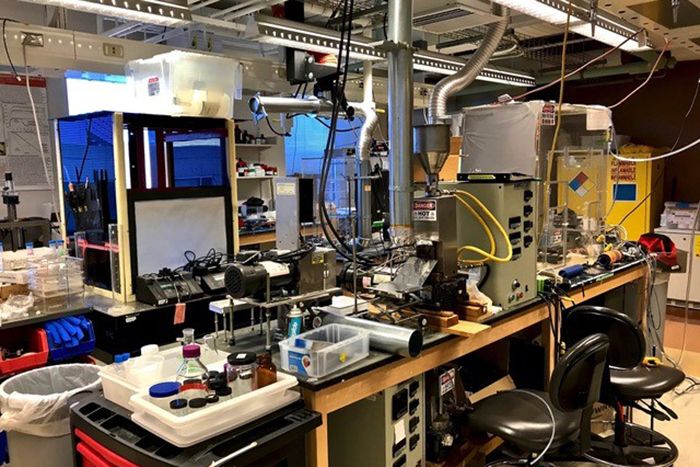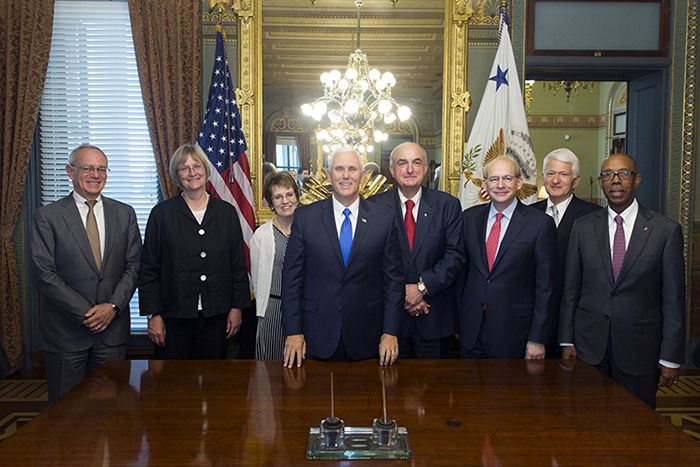
As part of the government-university partnership, research universities address our nation's biggest challenges and our community's most pressing needs.
At the height of World War II, the federal government forged a unique partnership with American universities to perform research to strengthen national security, improve public health, and bolster economic competitiveness.
For the last seventy years, this partnership has fortified our national defense, led to advanced medical treatments and cures, and strengthened the American economy at home and abroad. As President of the Association of American Universities, I am honored to represent 60 U.S. research universities who earn the majority of federal academic research funding used to address our nation’s biggest challenges and our communities’ most pressing needs.
One such need is currently driving vital research at Indiana University. Researchers there are working to develop non-addictive pain relief methods as alternatives to highly-addictive prescription opioids. The researchers discovered that the use of compounds called positive allosteric modulators (PAMs) enhance the effects of pain relief chemicals naturally produced by the human body in response to stress or injury. Since PAMs work by amplifying two brain compounds without causing impaired motor functions, they cause the body’s natural painkillers to target the right part of the brain at a specific time.
This research comes as our nation is in desperate need of a solution to opioid addiction. Drug overdoses are the number one cause of death for Americans aged 50 and younger, outpacing the HIV epidemic at its peak. Over 97 million Americans took prescription pain relief medications in 2015, with an estimated two million reporting drug-associated complications. This research breakthrough could mark a major step forward in the fight against opioid abuse.

Beyond life-saving biomedical research, AAU universities work closely with our military, supporting the continued improvement of battlefield equipment, autonomous technologies, and weaponry. As our nation remains engaged in the longest foreign war in American history, this work could not be more important to the health and might of our men and women in uniform.
MIT’s Institute for Soldier Nanotechnologies (ISN) conducts basic research to create new materials, devices, processes, and systems, and on applied research to transition promising technology into useful products that can dramatically improve survivability for our military men and women. Earlier this month, I learned the researchers at ISN have used a technique called “gel electrospinning” to produce ultrafine fibers that are exceptionally strong and durable, akin to Kevlar and Dyneema.
A fundamental challenge in the improvement of military materials is the balance of “weight” (burden on servicemember) and “strength” (ability to protect servicemember). What ISN has created has the possibility of producing much lighter protective armor for American service men and women, who currently carry roughly 60 to 100 pounds of gear, linked to chronic neck, back, and shoulder injuries, an increased likelihood of heat exhaustion, and more.
This much-needed innovation may not have been possible without funding from the National Science Foundation’s Center for Materials Science and Engineering, and of course, the brilliance of MIT’s ISN researchers.
America’s research universities are essential public goods that strengthen the economy, our national defense, and public health. At AAU, we are very proud of our role in the government-university partnership. Our universities will continue to welcome curious, driven individuals who seek solutions to societal ills and national challenges. For it is on this partnership that the continued success of American innovation, economic and national security depend.